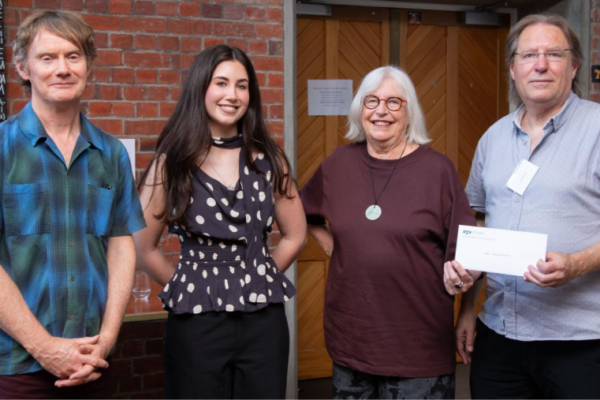Launched this week, Wharerangi (www.maorilithub.co.nz) is a site designed to support, inform and empower Māori writers at different stages in their careers. It is also a destination for readers and educators around the world to find information on contemporary Māori literature.
The editorial team is writer and editor Paula Morris (Ngāti Wai, Ngāti Manuhiri, Ngāti Whātua); te reo consultant Hemi Kelly (Ngāti Maniapoto, Ngāti Tahu–Ngāti Whāoa); and researchers and writers Shelley Burne-Field (Ngāti Mutunga, Ngāti Rārua) and Colleen Maria Lenihan (Te Rarawa, Ngāpuhi).
“’Wharerangi’ means storehouse or raised platform,” says Hemi Kelly. “The site’s kaupapa is to provide a packed storehouse of information for Māori writers, and a platform for their publications.”
The site’s sections include Book Awards; Courses and Mentorships; Features and Reviews: Festivals; Print and Online Journals; Research on Māori Writing; Residencies and Fellowships; Publishers; Writers Groups; and Writing Contests.
“Wharerangi is the product of five years of kōrero in the Māori writing world,” says Paula Morris, the site’s managing editor. “I taught writing classes at the last two National Māori Writers Hui, and realised that many writers have no idea where to submit work, identify opportunities or access information.”
“And too few people know about their peers—the Māori writers who are getting work published, or winning prizes and contests and residencies.”
Creative New Zealand funded the site’s development. It was built by Brence Coghill, an award-winning New Zealand photographer and IT specialist who lives in Melbourne. His striking, accessible web creations include Paula’s K-drama site KoreaSeen.
Wharerangi’s unique design elements—including wordmark and stylised tekoteko— were conceived by kaupapa Māori agency Ariki Creative in Christchurch. The project was managed by Toi Māori specialist Taane Flanagan and the designer was Auckland-based Eli Taueki, the youngest member of the Ariki team.
Eli’s distinctive design features elements of haehae and tāniko: the first represents the foundations and base of the platform, and the latter, with its feathered gradient rising, represents elevation and mātauranga.




